It is often assumed that the ‘Push’ station of the Police Physical Abilities Tests (PATs) are a measure of upper body strength or endurance. While upper-body pressing power is a major factor, the ‘Push’ requires whole body involvement. If you only train for pressing, you still won’t get anywhere if you fail to transfer force from your core...
Read MoreThe POPAT (the Police Officer Physical Abilities Test) can be a challenging feat. Between the Agility Run, the Pull/Push Machine and the Vault, there are numerous possible sticking points. Each person has their own sticking points, and no two people have the same training background and experience.
While this article is specific to the POPAT, the principles remain the same for the PARE. Generally, the vault on the PARE is less challenging because you don't complete the vaults in succession, and you perform them earlier in the course. There are 3 common reasons for this: your don't use your arms, you're not jumping and you're too exhausted. In this article, we tackle these obstacles and how to train to master the vault.
Read MoreSimple. Not easy.
Strength and Conditioning isn't rocket science, though some of the programs I see suggest otherwise.
The best way for an officer to avoid injury is to have a simple, well rounded and consistent program. No fancy gimmicks or equipment, just solid fundamentals. That doesn't mean we can't have fun.... battle ropes, airdynes, medicine balls... they all have their place. But the bulk of your training should be focused on the highest ROI.
When I train officers, I focus on the 7 Fundamental Movement Patterns. These are: Pressing, Pulling, Lunging, Squatting, Hinging, Twisting and Running. As human beings, everything we do is a hybridization or variation of these 7 movement patterns. Sometimes it can look more complex than that, but the reality is everything can be broken down into its' movement building blocks. (Kinda like Lego! And who doesn't love Lego?).
How often you train is going to affect what each training session looks like, but the sessions don't have to vary dramatically. I have already written extensively about the 7 Fundamental Movement patterns, so if you are unfamiliar with them I suggest checking out the series I wrote about them: Part 1: Push/Pull, Part 2: Lunge/Squat, Part 3: Hinge/Twist and Part 4: Gait/Running.
Here are a couple of examples, depending on frequency, of how a training session would look...
Read MoreThis week we have been breaking down the energy systems, how they work and how to train them. If you want to learn about the energy systems in general, the ATP-PCr system or the Anaerobic system follow the links.
Today we are talking about the Aerobic system. This is the most complex of the 3 systems and is how the body uses Oxygen to generate energy via a process called 'cellular respiration', which occurs in an organelle called the mitochondria. The mitochondria is commonly referred to as the "power house" of the cell because it is within the mitochondria that most ATP is produced.
Read MoreHere are my 3 favorite exercises to help prepare you for the Vault. While these exercises will definitely help you, the vault still requires a general level of athleticism. Keep practices and you will get both faster and more efficient.
The vault requires both upper body and lower body strength, and the ability to coordinate them.
Read More






